- Gatorland Short Notice Saturday Full-Day In-the-Field Workshop
- Japan in Winter IPT Report
- The Amazing Streak Continues
- The Blog is the Bomb!
- 2014 Tanzania Summer Safari
- Antarctica/The Extended Expedition
- Jim Neiger Workshops
- Affiliate Links
|
This Great Egret head portrait was created at Gatorland, Kissimmee, FL with the Gitzo 3532 LS carbon fiber tripod, the Mongoose M3.6 head, the Canon EF 800mm f/5.6L IS USM lens, and the EOS-1D Mark IV now replaced by the Canon EOS-1D X. ISO 400. Evaluative metering as framed: 1/320 sec. at f/9 in soft light in Manual mode. Central Sensor/Rear Focus AI Servo-Expand as framed active at the moment of exposure. Click here to see the latest version of the Rear Focus Tutorial. Click on the image to see a larger version.
|
Gatorland Short Notice Saturday Full-Day In-the-Field Workshop
Saturday March 15, 2014. 7:15am till 10:15am & 3:30pm till dusk. Lunch, image review, and Photoshop session included. Limit 6/Openings: 5. A very small group is likely: $399.
The cost of your Gatorland Photographer’s Pass is not included.
For the past few years the Great Egrets have been nesting earlier and earlier. Head portraits of this species in full breeding plumage are very likely. Nest building and flight likely. In the field you will learn to spot good situations, to choose the best perspective, to see and understand the light, to get the right exposure every time by working in Manual mode after making a single test exposure, and to design pleasing images by mastering your camera’s AF system.
At lunch we will review my images from the morning, take a look at five of your best images from the session (for those who opt to bring their laptops), and process a few of my images in Photoshop after converting them in DPP. That followed by Instructor Nap Time.
Payment in full via credit card is due upon registering. Please call the office at 863-692-0906 between 8:30am and 5:00pm to register.
|
This Red-crowned Crane flight image was created at 12:43pm during the Day 4 blizzard on the Japan in Winter IPT with the Gitzo 3532 LS carbon fiber tripod, the Mongoose M3.6 head, the Canon EF 600mm f/4L IS II USM lens, the Canon 1.4x EF Extender III (Teleconverter), and the Canon EOS-1D X. ISO 400. Evaluative metering +2 1/3 stops off the white sky: 1/640 sec. at f/5.6 in Manual mode. Color temperature: Custom Pre-set that turned out to be a bit warm. The sensor below the Central sensor/AI Servo/Surround Rear Focus AF just caught the top of the bird’s head and was active at the moment of exposure. Click here to see the latest version of the Rear Focus Tutorial. Click on the image to see a larger version.
|
Japan in Winter IPT Report
The Japan in Winter IPT was a huge success. Seven photographers, three leaders; we were all blessed with great weather, great birds, and piles of Snow Monkeys. We started with the Red-crowned Cranes. We had snow for two days, overcast on other days with the perfect wind direction, and sun on a few afternoons. The fish feeding sessions at the Akan Crane Center attracted lots of raptors including Black Kite, White-tailed Sea Eagles, and even a few Steller’s. We spent one great day and one great morning with the Whooper Swans. And after reports of no sea ice were followed by a huge snow storm that kept us from getting to Rausu, we had a perfect afternoon and a perfect morning on the sea-eagle tourist boats.
The group, multiple IPT veterans Pat and Alan Lillich, multiple IPT veteran Malcolm MacKenzie, the always smiling Scotsman, (see Malcolm Mackenzie Can Die a Happy Man), newcomers Lex and Debbie Franks from Down Under, and friends from the 2012 Cheesemans’ Southern Oceans Extended Expedition, Zorica Kovacevic, and Srdjan Mitrovic rounded out the crew. Our accommodations were great, even when we slept Japanese-style on beds on the floor. And the food was mind-blowing. All but Malcolm and the Franks continued on to Kyoto to soak up more Japanese culture and eat lots of ice cream.
|
This Whooper Swan image was created on the 2014 Japan in Winter with the Gitzo 3532 LS carbon fiber tripod, the Mongoose M3.6 head, the Central sensor (by necessity) Expand/AI Servo/Rear Focus on the bird’s eye and re-compose. Click here if you missed the Rear Focus Tutorial. Click on the image to see a larger version. Why 1/80 sec. when working at 1200mm? I was experimenting with smaller and smaller apertures not really noting the shutter speeds. This was a slow as I went. Pretty much every image was sharp. This was one of my favorite poses. See two more tight Whooper Swan images in the Do the Eyes Have It? blog post.
|
The Amazing Streak Continues
This morning’s efforts (Special Hokkaido Treats) mark 101 straight days with a new educational blog post. With so many folks getting in the habit of using our B&H and Amazon links why quit at 100? To show your appreciation for my efforts both on the blog and with the Bulletins, we ask that use our B&H and Amazon affiliate links for all of your B&H and Amazon purchases. Please check the availability of all photographic accessories in the BIRDS AS ART Online Store. We sell only what I use and depend on. We will not sell you junk. We know what you need to make creating great images easy and fun. And we are always glad to answer your gear questions via e-mail.
You can find the following items in the store: Gitzo tripods, Mongoose M3.6 and Wimberley heads, plates, low feet, and accessories, flash brackets, , Delkin e-film Pro Compact Flash Cards, LensCoat products, and our unique line-up of educational materials including ABP I & II, Digital Basics, Site and Set-up e-Guides, Canon and Nikon Camera Users and AF e-Guides, and MP-4 Photoshop video tutorials among others.
Note: we almost never have Mongoose M3.6 heads in stock. We sell them as fast as we get them. The best way to ensure getting one of these great heads for your intermediate or super-telephoto lens is to call Jim and place your order. You are then ensured of getting one from our next shipment. We will not of course bill your credit card until the item ships or drop-ships.
We would of course appreciate you using our B&H and Amazon affiliate links for all of your B&H and Amazon major gear, video, electronic, household, and personal purchases. For the photographic stuff mentioned in the paragraph above we would of course greatly appreciate your business. Here is a huge thank you to the many who have been using our links on a regular basis and visiting the BAA Online store as well.
|
This image of a landing Steller’s Sea Eagle was created on the morning of February 21, 2014 at 6:35am on the Japan in Winter IPT with the Canon EF 200-400mm f/4L IS USM Lens with Internal 1.4x Extender (hand held with the internal extender in place at 325mm) and the Canon EOS-1D X. ISO 1600. Evaluative metering +2 stops off the ice: 1/800 sec. at f/5.6 in Manual mode. AWB. Central Sensor/AI Servo-Surround/Rear Focus AF on the bird’s breast right below the head was active at the moment of exposure. Click here to see the latest version of the Rear Focus Tutorial. Click on the image to see a larger version. |
The Blog is the Bomb!
For the past three plus months I have been putting in 20 to 25 or more hours per week into the blog to ensure that it remains informative, timely, and beautiful. Many of the educational features that formerly appeared in BAA Bulletins now grace the BAA Blog. If you are not subscribed, you are missing a ton of great stuff almost daily. You can subscribe to the blog posts by clicking here. If you have a problem subscribing, please contact us via e-mail.
Here are some links to recent posts of interest:
See how a lapse in clear thinking cost me big time in Laziness, Turtle Soup, and the Moral of the Story…
Thanks to a good question from IPT veteran Brent Bridges, I let folks know “Why Not Focus On the Subject’s Eye?” in the blog post here.
You can check out some snazzy west coast cormorants here.
Learn my top tip for “Photographing Frantic Action” in the blog post here.
Read my early evaluation of a new lens in The Canon EF 24-70mm f/2.8L II USM Lens: Early Impressions and Whooper Swan Images.
Was it worth it photographing in a blizzard in Japan, or should we have stayed in bed? You can decide here and here.
Learn a ton about processing images created in snow or fog in Keep or Delete and Keep It…
For years I have posted images created in Manual exposure mode, in Av Mode, in Tv mode, and rarely in Program mode. And about two years ago I promised to write an article letting folks know when and why I use each of these modes. Many folks firmly believe that real photographers use Manual exposure mode 100% of the time. In the At Long Last, As Promised: the Greatest, Most Educational Blog Post Ever? Manual… Av… Tv… Program… Which is The Best Shooting Mode? blog post I lay waste to that myth. This is the definitive piece on shooting modes for nature photography, one that you will want to bookmark and study. But only if you want to become a better photographer.
I followed that up four days later with The #1 Reason that it is Mandatory, Imperative, and Vitally Important that you Work in Manual Mode for Flight Photography to drive home a point that I made in the post mentioned above.
|
Join me for the 2014 Tanzania Summer Safari! Click on the image to enjoy a larger version. |
2014 Tanzania Summer Safari, 14-day African Adventure/leave the US on August 9. Fly home on August 24: $12,999.
Co-leaders Todd Gustafson & Arthur Morris. The limit is 12. Three photographers/van; you get your own row of seats. Our trip is a bit more expensive than the average safari for good reason. It is the best. We have the best driver guides with a total of decades of experience. They have been trained over the years by Todd and by me to drive with photography in mind. We have the best and most knowledgeable leaders. We stay in the best lodges and camps. We hope that you will join us for what will be Todd’s 35th African safari, and my 8th.
If you are seriously interested please e-mail me; I will be glad to send you the illustrated PDF with the complete itinerary and deposit info.
What else makes this expedition unique?
•Pre-trip consultation and camera equipment advice
•Award-winning photographers as your guides
•A seamless itinerary visiting the right locations at the best time of year
•Hands-on photography instruction in the field
•Specially designed three roof-hatch photo safari vehicles
•Proprietary materials for preparation, including free copy of “A Photographer’s Guide to Photographing in East Africa.”
•Post-safari image critiques
All-inclusive (double-occupancy) except for your flights to and from Kilamajaro Airport, bar drinks, soda & water (except at the Intimate Tented Camp where everything is free for our entire stay), tips for drivers and camp staff, personal items, and trip insurance.
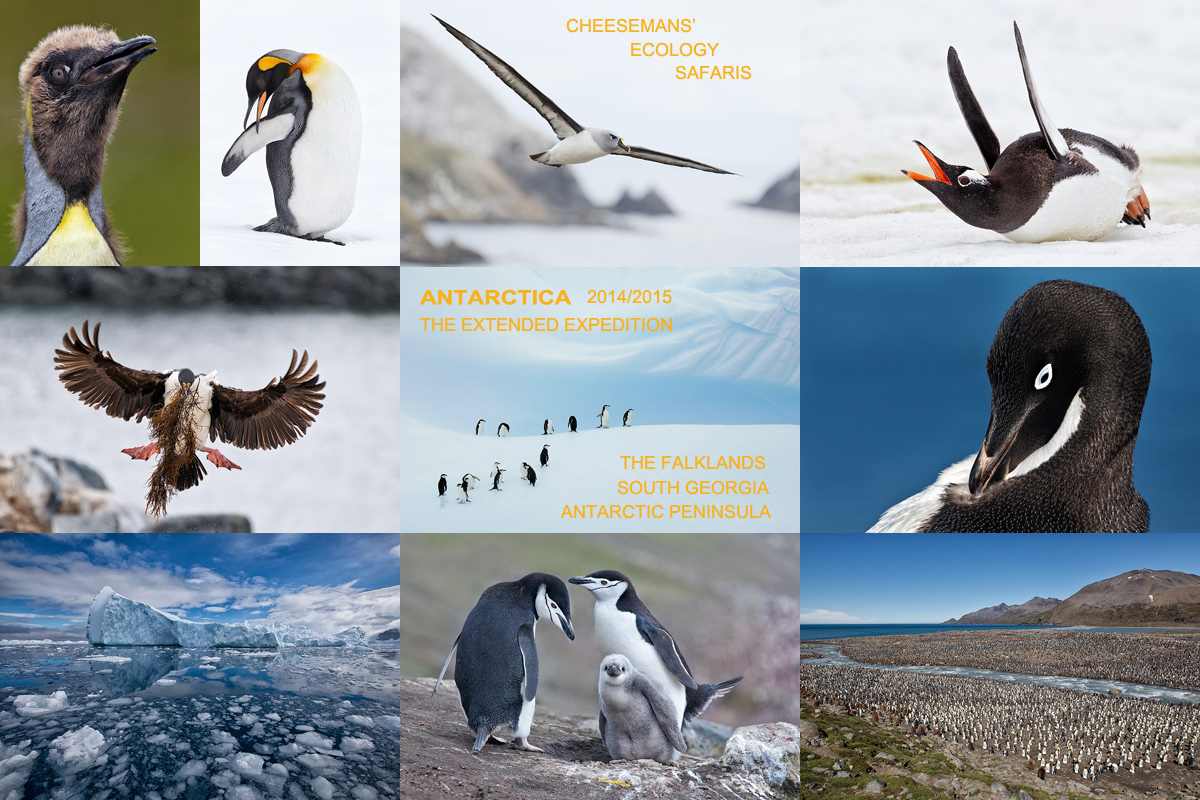
|
|
Breathe deeply, bite the bullet, and live life to its fullest; we all get only one ride on the merry-go-round… Join me on this great trip. Click on the image to enjoy a larger version. |
The Southern Ocean…
If you would like to explore the possibility of joining me on the Cheesemans’ Ecology Safaris Antarctica/The Extended Expedition Voyage< trip: Antarctic Peninsula, South Georgia and Falkland Islands: December 13, 2014 to January 10, 2015, click here for additional information and then shoot me an e-mail.
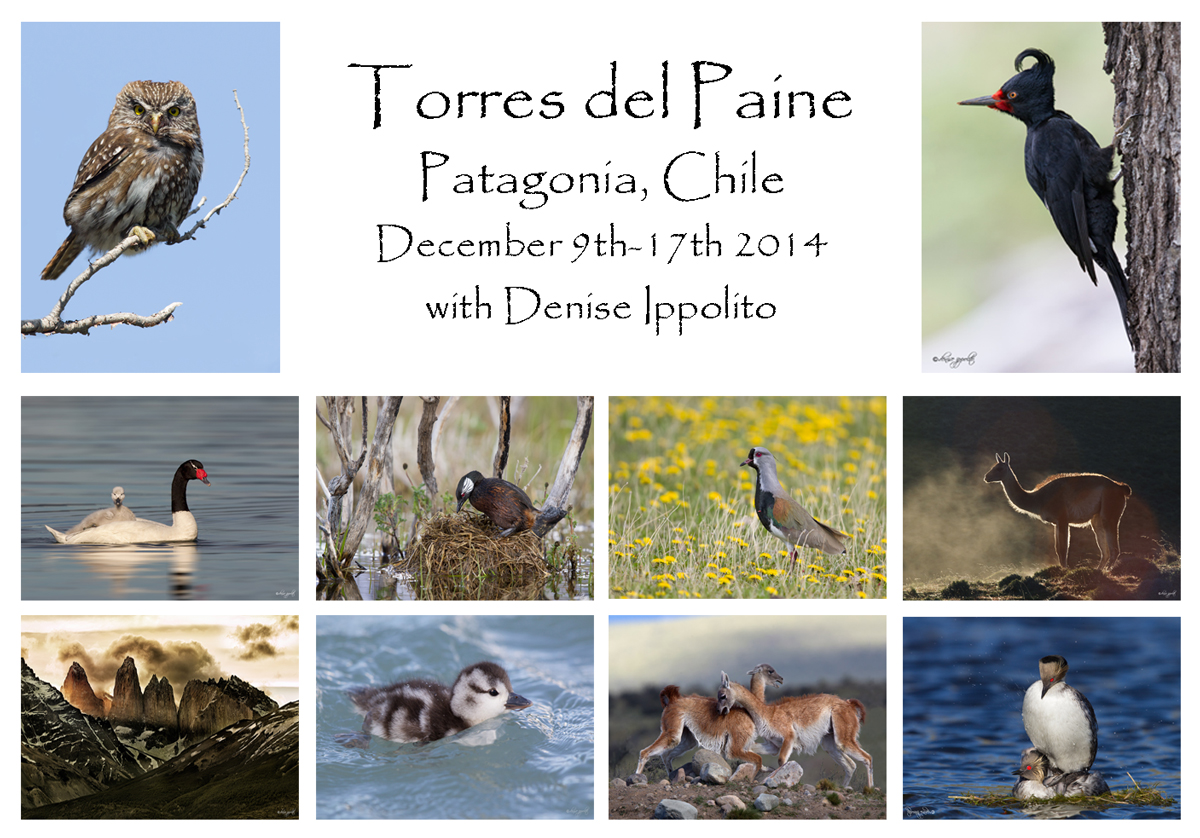
|
|
Image and card design copyright 2103: Denise Ippolito/A Creative Adventure. Click on the image to enjoy a larger version. |
A Rare Photographic Opportunity
Torres del Paine/A Creative Adventure Photographic Workshop: December 9th- 17th. 2014: $6120 USD double occupancy.
This trip needs a minimum of 12 people to run; six down, six to go. You will need to wait until you hear from Denise before booking your flights. Travel insurance with TSI is recommended. Click here for more information or to register. Please let Denise know that BIRDS AS ART sent you. 🙂
Join Denise Ippolito for her first ever Torres del Paine workshop. As many of you know, she presented a program to Avistar Patagonia in November of 2013. We spent our days traveling to the famed Torres del Paine National Park in Chile. After the workshop was over Denise joined David Tipling and me for a few days of photography on our own at Torres del Paine. Once David left Denise and I met up with two professional guides and stayed inside the park for a week scouting and photographing on our own. She fell in love with the place and knew immediately that she would return with clients as this place has something for everyone. We will enjoy landscape photography, wildlife photography, bird photography and creative photography.
Complete details here.
Jim Neiger Workshops
|
Short-eared Owl in flight. Image copyright 2013: Jim Neiger/Flight School Photography |
Jim Neiger’s Idaho Wild Bird of Prey 2014 Workshops, Boise, Idaho
Flight School Photography returns to Idaho for the second year offering workshops to take place at the Morley Nelson Snake River Birds of Prey National Conservation Area near Boise, Idaho. In this unique wilderness area, the Snake River carved the deep Snake River Canyon, which produced a perfect environment of crags and crevices among the cliffs that have been home to birds of prey for thousands of years. Today, the Snake River Canyon is home to the largest concentration of nesting birds of prey in North America. In addition, the Snake River Canyon hosts hundreds of hawks, owls, eagles, and falcons that flock to the area each spring to mate, nest, and raise their young. Many of the nests are visible from the broad plateau above the cliffs. The active birds can also be photographed in flight as they glide on thermal updrafts produced from the canyon walls. The plateau features interesting flora and fauna and is rich in small wildlife. The research and guidance of our local expert will ensure our time is well spent and that we make the most of the photographic opportunities possible. Spectacular views of the Snake River Canyon and the surrounding area are an added bonus. These workshops offer a unique and challenging opportunity to photograph many of the most sought after species of North America in a wild and magnificent setting.
Flight School Photography returns to Idaho for the second year offering workshops to take place at the Morley Nelson Snake River Birds of Prey National Conservation Area near Boise, Idaho. In this unique wilderness area, the Snake River carved the deep Snake River Canyon, which produced a perfect environment of crags and crevices among the cliffs that have been home to birds of prey for thousands of years. Today, the Snake River Canyon is home to the largest concentration of nesting birds of prey in North America. In addition, the Snake River Canyon hosts hundreds of hawks, owls, eagles, and falcons that flock to the area each spring to mate, nest, and raise their young. Many of the nests are visible from the broad plateau above the cliffs. The active birds can also be photographed in flight as they glide on thermal updrafts produced from the canyon walls. The plateau features interesting flora and fauna and is rich in small wildlife. The research and guidance of our local expert will ensure our time is well spent and that we make the most of the photographic opportunities possible.
The Morley Nelson Snake River Birds of Prey National Conservation Area encompasses 485,000 acres and over 20 species of raptors are possible, as well as small wildlife. Possible species include Prairie Falcons, Golden Eagles, Swainsons Hawks, Red-tailed Hawks, Northern Harriers, American kestrels, Short-eared Owls, Burrowing Owls, and more. The area also has a high density of badgers, many sagebrush bird species, and Canyon Wren. Because of the expansiveness of the conservation area, Flight School Photography has hired a local expert with over 30 years of experience working with the birds of prey in this particular area. He will have scouted the best viewing areas by the time we arrive, so that we will know where to find our subjects, what time of day has the best light angles, and what locations provide the best photo opportunities.
|
Northern Harrier female with prey item. Image copyright 2013: Jim Neiger/Flight School Photography. |
Workshop Dates:
Workshop ID-1: June 9-12, 2014
Workshop ID-2: June 14-17, 2014
Two workshops will take place during the late spring of 2014. The workshops will be conducted by expert bird photographer, Jim Neiger. Jim has perfected unique techniques for photographing birds in flight using large telephoto lenses, hand held. The focus of the workshops will be to learn Jim’s hand held, long lens techniques for photographing birds in flight and in other action. Jim is known for his consistent production of amazing flight images and images of the most desirable subjects. His Flight School Photography Workshops are a must for any serious nature photographer. Each workshop will last four days and will include a four hour classroom session, three morning photography sessions, and three afternoon photography sessions. Each photography session will be of three to four hours in duration. The workshops will be limited to six participants so that everyone may receive personalized instruction in the field. Each participant will receive a copy of Jim’s e-book “Flight Plan – How to Photograph Birds in Flight” when they sign up for the workshop.
Workshop Itinerary
Day 1 (afternoon/evening ): Arrive in Boise, Idaho which is the base location for the workshop. There will be a four hour classroom session from 2:00pm to 6:00pm in the hotel meeting room. The classroom instruction will focus on using hand held techniques for photographing birds in flight to prepare participants for the subsequent photography sessions.
Days 2-4: Each day will include a morning photography session, a midday lunch break on your own, and an afternoon photography session.
Workshop Cost and payment
The cost of each workshop is $1750 per person or attend both workshops for $3000 per person. Each workshop includes a four hour formal classroom instruction session and six 3-4 hour photography sessions. The photography sessions include personalized instruction in the field. Discounted lodging is available, but is not included in the workshop fee. A non-refundable deposit of $800 is required to reserve a spot in a workshop. The remaining $800 is due 30 days before the start date of the workshop. If you are unable to attend the workshop, after paying the balance, the balance payment will be refunded ONLY if your spot can be filled, on short notice, from the waiting list. All workshop payments must be made by check or money order. Credit cards are not accepted.
Please scroll down for contact info. Click here for more images and info on the Idaho workshops.
|
Images copyright 2013: Jim Neiger/Flight School Photography. |
Jim Neiger’s Osprey Heaven Workshops
Each workshop will include a four hour classroom session, welcome dinner, four morning photography sessions, and three afternoon photography sessions. Each photography session will be of three to four hours in duration. Five of the photography sessions will be conducted via a specially configured pontoon boat that has been customized for photography from the water (weather permitting). The remaining photography sessions will be land based sessions in the field. The workshops will be limited to five participants so that everyone may photograph in comfort and receive personalized instruction.
The photography sessions by boat will be held on the unspoiled and unparalleled Lake Blue Cypress. This spectacularly beautiful lake is virtually free of civilization and man made elements. The lake is surrounded by ancient cypress swamp and marshy wetlands. Here, the gorgeous cypress trees grow from the lake bottom, surrounded on all sides by water. Osprey nest by the hundreds in these trees, and participants will be able to photograph them as the fly to and fro, dive for fish, gather nesting materials, and feed their young chicks. Some of the nests are actually at or below eye level when standing in the boat. The only distractions in this pristine, wilderness environment are the constant cries of the Osprey as they frolic in the air and defend their nests from other birds.
Lake Blue Cypress is also a landscape photographers dream. The horizons contain nothing of man’s influence and only the beauty of the real Florida wilderness. Perches and backgrounds are spectacular beyond belief. April and May are the best months to be at Lake Blue Cypress. Many of the birds are actively nesting and rearing their young during this time. Wildflowers cover the stumps and trees like blankets of radiant color. The skies glow with spectacular, multi-hued sunrises and sunsets. Hundreds of different species of birds are possible including the typical Florida waders and water fowl. Large Alligators are commonly seen sunning themselves on top of the fallen trees and stumps amidst the colorful wildflowers. The biggest problem for a photographer here is deciding which subject to photograph. Even the weather cooperates at this time of year. It is the dry season and clear, sunny days are the most common weather condition.
The photography sessions on land will be held in remote areas of southern Osceola County. Here, participants are likely to have opportunities to photograph birds that are endangered and rarely seen. Possible species include: Whooping Crane, Swallow-tailed Kite, Great Horned Owl, Barred Owl, and Red-Shouldered Hawk among others. Sandhill Cranes, a common bird in Central Florida, are tame enough to approach as closely as you like. Participants will also learn how to safely use bird song recordings to attract birds. Jim has developed his own, innovative techniques for using recordings to attract birds, in such a way, that amazing photographic opportunities are common when they would be almost impossible otherwise. This includes special techniques that encourage birds to fly and land as desired; this can provide spectacular opportunities for both flight and perched images (with the perches being selected for their beauty).
Jim is known for his consistent production of amazing flight images and for his images of desirable subjects. His imagination and dedication have resulted in his developing many new techniques, techniques that can only be learned from Jim. His Flight School Photography Workshops are a must for any serious nature photographer.
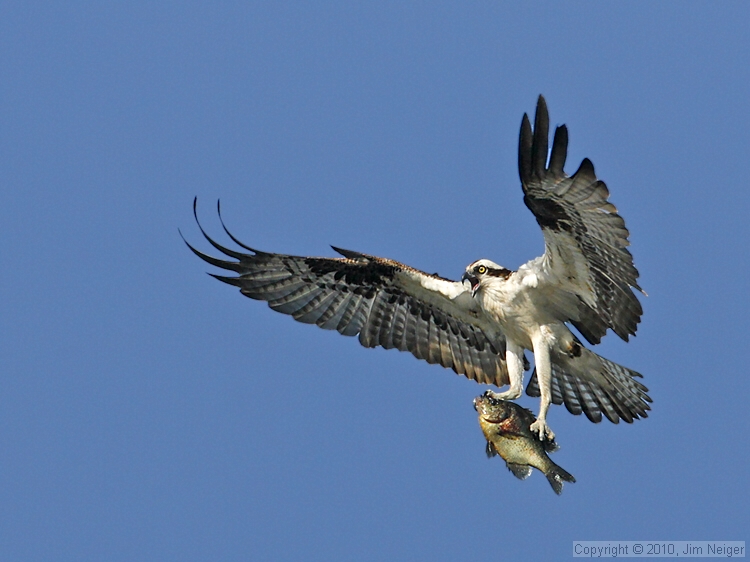
|
|
Osprey landing with bream. Image copyright 2013: Jim Neiger/Flight School Photography |
Workshop Dates
Workshop LBC-1: March 16-20, 2014
Workshop LBC-2: April 14-18, 2014
Workshop LBC-2: April 24-28, 2014
Workshop Costs and payment
The cost of each workshop is $1600 per person. Each workshop includes a four hour formal classroom instruction session, a welcome dinner, 4 morning photography sessions, and 3 afternoon photography sessions. The photography sessions include personalized instruction in the field. Each participant will receive a copy of Jim’s e-book “Flight Plan – How to Photograph Birds in Flight” when they sign up for the workshop. Discounted lodging is available but is not included in the workshop fee. An $800 non-refundable deposit is required to reserve a spot in a workshop. The remaining $800 is due 30 days before the start date of the workshop. If you are unable to attend the workshop after paying the balance, the balance payment will be refunded ONLY if your spot can be filled, on short notice, from the waiting list. All workshop payments must be made by check or money order. Credit cards are not accepted.
Participant Requirements
Participants should have working knowledge of how to create a properly exposed image, a telephoto lens of 400mm or more (300mm with a teleconverter is acceptable), and be physically capable of holding their camera and lens up to their eye in shooting position for at least 20 seconds. Participants must also have a vehicle to travel to and from the photography locations.
Lodging and Logistics
Workshop participants who require lodging during the workshop should stay at the hotel in Vero Beach where the classroom sessions will be conducted. Participants arriving via air arrive at the Orlando International Airport, which is the closest major airport to Vero Beach. Rental vehicles are available at the airport. Flight School Photography will assist participants with arranging the sharing of vehicles and/or lodging if desired. Detailed information will be provided when you sign up for the workshop or upon request. Lodging, transportation, and meals (except for welcome dinner) are not included.
Learn more here. View Jim’s incredible image gallery here. And see some of artie’s images here.
|
Elegant Tern flipping fish. Image copyright 2013: Jim Neiger/Flight School Photography |
West Coast Flight Workshops 2014, Orange County, California
Join Veolia-BBC award-winning photographers, Jim Neiger and Doug Brown, in July, 2014 for a workshop focusing on birds in flight. We’ve selected the area around Huntington Beach, California for its incredible number and variety of birds, not to mention the great weather! In July, Terns will number in the tens of thousands, and there should be no fewer than five different species (Elegant, Forster’s, Caspian, Royal, and Least). Black Skimmers, Pelicans, Egrets, Herons, and Gulls will all be plentiful. There will also be opportunities to photograph more challenging subjects such as raptors, Kingfishers, and shorebirds. These workshops are filled with non stop flight action. If you wish to learn the best techniques for photographing birds in flight, followed by unlimited opportunities to practice these techniques and develop the skills required to consistently photograph birds in flight, then this is the workshop for you.
The focus of the workshops will be on mastering the hand held, long lens technique favored by both Jim and Doug. Manual exposure for birds in flight will also be emphasized. There will be an instructional lecture on the first day, followed by morning and afternoon sessions in the field for each of the next three days.
As an added feature, you will have the opportunity to hone your Lightroom and Photoshop skills with Jim and Doug during the free time in between field sessions. The workshop will be limited to twelve participants; with two expert instructors available, everyone will receive plenty of individualized attention both in the field and the classroom.
Workshop Dates:
Workshop WCF-1: July 5-8, 2014
Workshop WCF-1: July 9-12, 2014
Workshop Cost and payment: The cost of each workshop is $1300 per person. Each workshop includes a half day formal classroom instruction session, a morning photography session, and an afternoon photography session, each of the remaining days. The photography sessions include personalized instruction in the field. A $650 non-refundable deposit is required for the workshops. The remaining $650 is due 30 days before the start date of the workshop. If you are unable to attend the workshop after paying the balance, the balance payment will be refunded ONLY if your spot can be filled on short notice from the waiting list. All workshop payments must be made by check or money order. Credit cards are not accepted.
Please make checks payable to Doug Brown and send them to: Doug Brown, 13705 Elena Gallegos Pl. NE., Albuquerque, NM 87111
Participant Requirements:
Participants should have working knowledge of how to create a properly exposed image, a telephoto lens of 400mm or more (300mm with a teleconverter is acceptable), and be physically capable of holding their camera and lens up to their eye in shooting position for at least 20 seconds. Participants must also have a vehicle to travel to and from the photography locations.
Learn more here.
Flight School Custom Anytime Workshops
Learn about Jim’s Flight School Custom Anytime Workshops here.
Contact Information
Contact Information: Jim Neiger, Flight School Photography, Inc. 550 Basin Drive, Kissimmee, FL 34744-4804
Cell phone: (407) 247-5200. e-mail.
Flight School website.
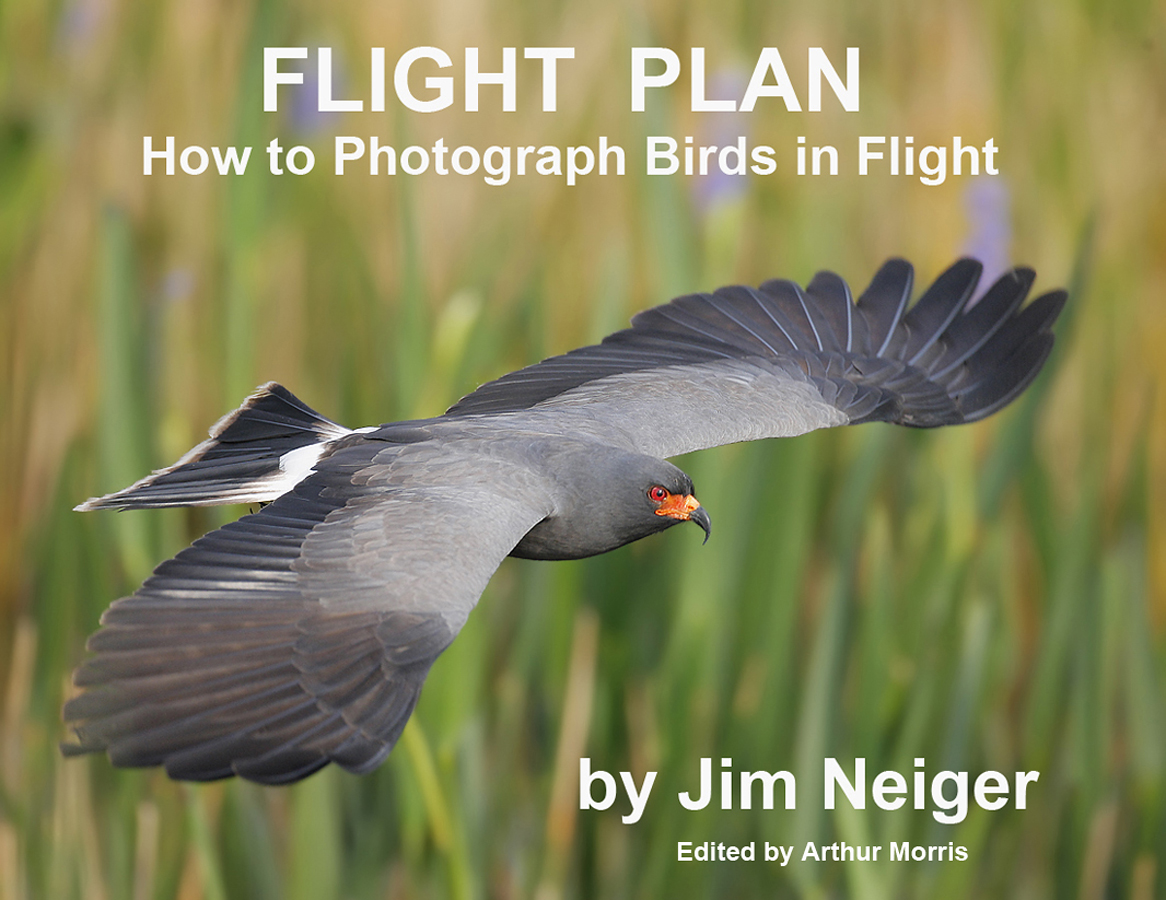
|
Flight Plan
I can say without a doubt that after spending more than two months (part time) editing Jim Neiger’s great e-Guide, Flight Plan, that my flight photography has improved by leaps and bound whether I am working off a tripod or hand holding. His explanation of the bumping the focus technique finally sunk in. Learning to use this technique regularly is a huge help for any all types of flight photography.
You can learn more about Flight Plan here or order a copy by clicking here.
|
This image of a Snow Monkey family huddled together was created on the February 25, 2014 at 12:26pm on the Japan in Winter IPT with the tripod-mounted Canon EF 200-400mm f/4L IS USM Lens with Internal 1.4x Extender (with the internal extender in place at 345mm) and the Canon EOS-1D X. ISO 800. Evaluative metering +3 1/3 stops off the snow: 1/125 sec. at f/14 in Manual mode. Color temperature 7,000K. Central Sensor/AI Servo-Surround/Rear Focus AF on the lowest monkey’s eyes and re-compose. Click here to see the latest version of the Rear Focus Tutorial. Click on the image to see a larger version. |
Support the BAA Blog. Support the BAA Bulletins: Shop B&H here!
We want and need to keep providing you with the latest free information, photography and Photoshop lessons, and all manner of related information. Show your appreciation by making your purchases immediately after clicking on any of our B&H or Amazon Affiliate links in this blog post. Remember, B&H ain’t just photography!




Amazon
Everyone buys something from Amazon, be it a big lens or deodorant. Support the blog by starting your search by clicking on the logo-link below. No purchase is too small to be appreciated; they all add up. Why make it a habit? Because I make it a habit of bringing you new images and information on an almost daily basis.
Typos
In all blog posts and Bulletins, feel free to e-mail or to leave a comment regarding any typos, wrong words, misspellings, omissions, or grammatical errors. Just be right. 🙂

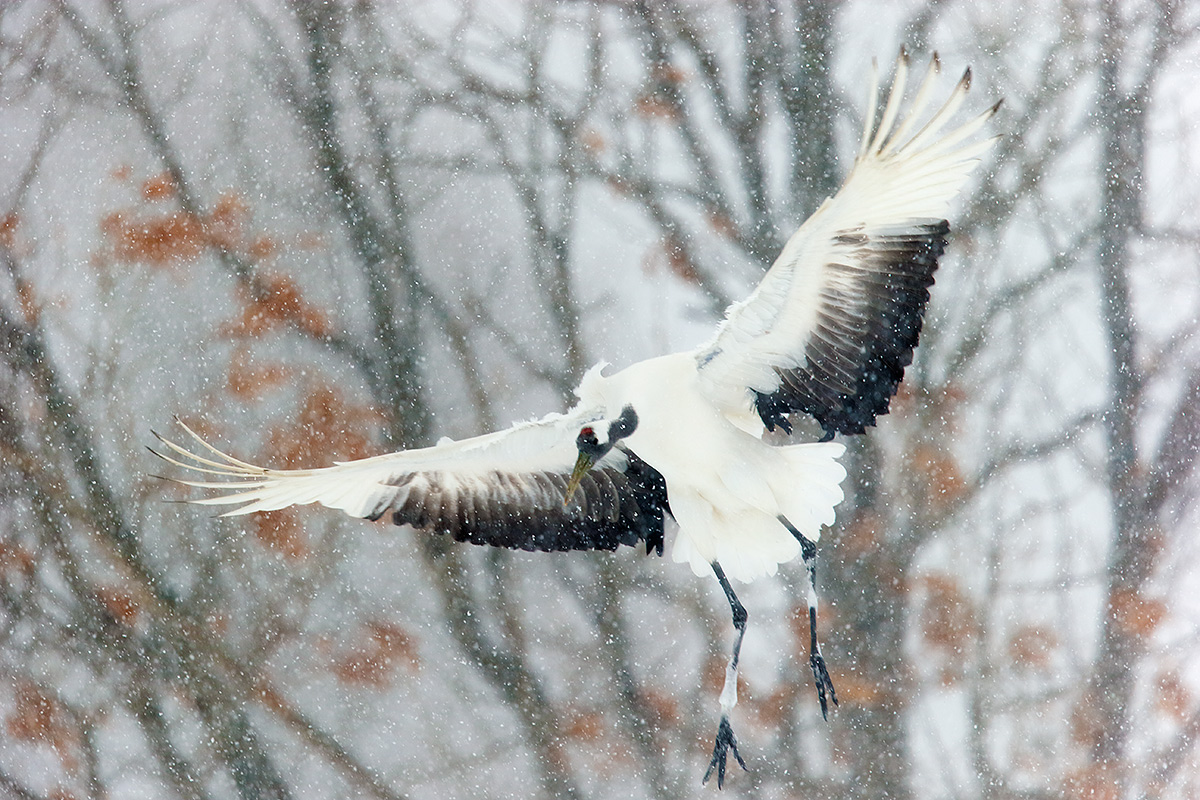
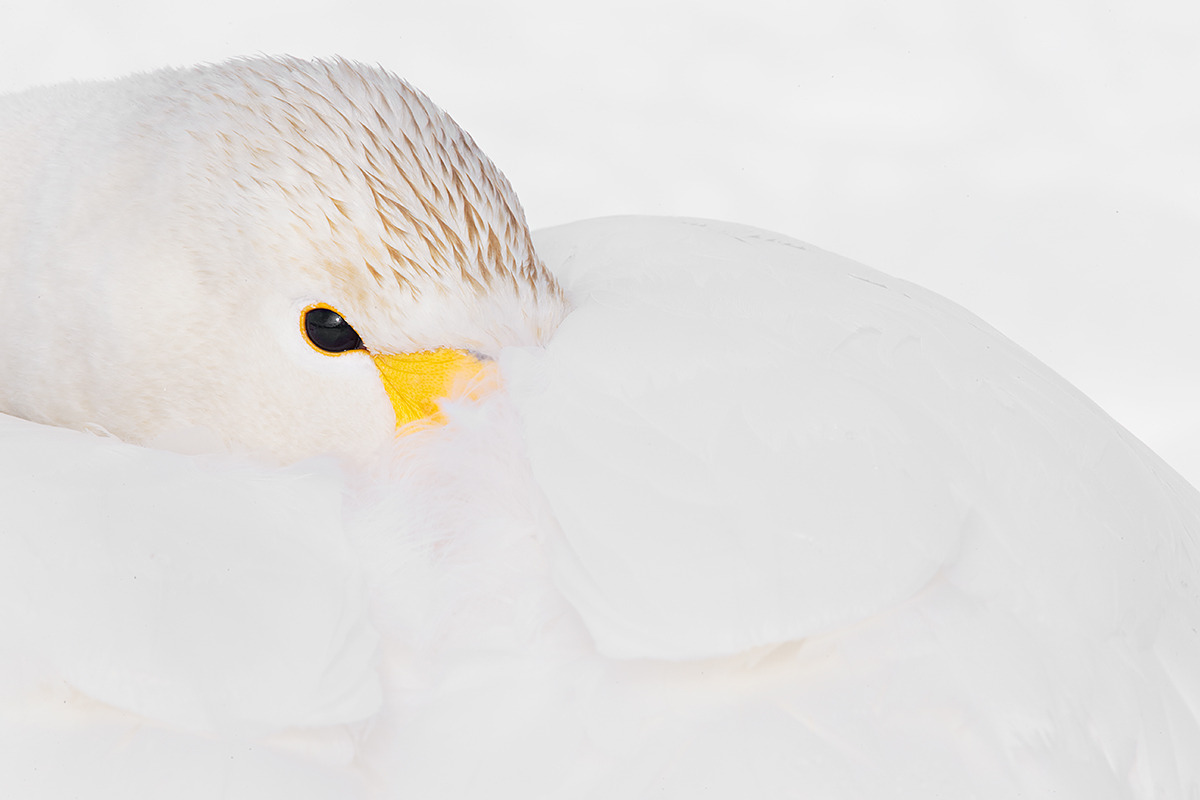
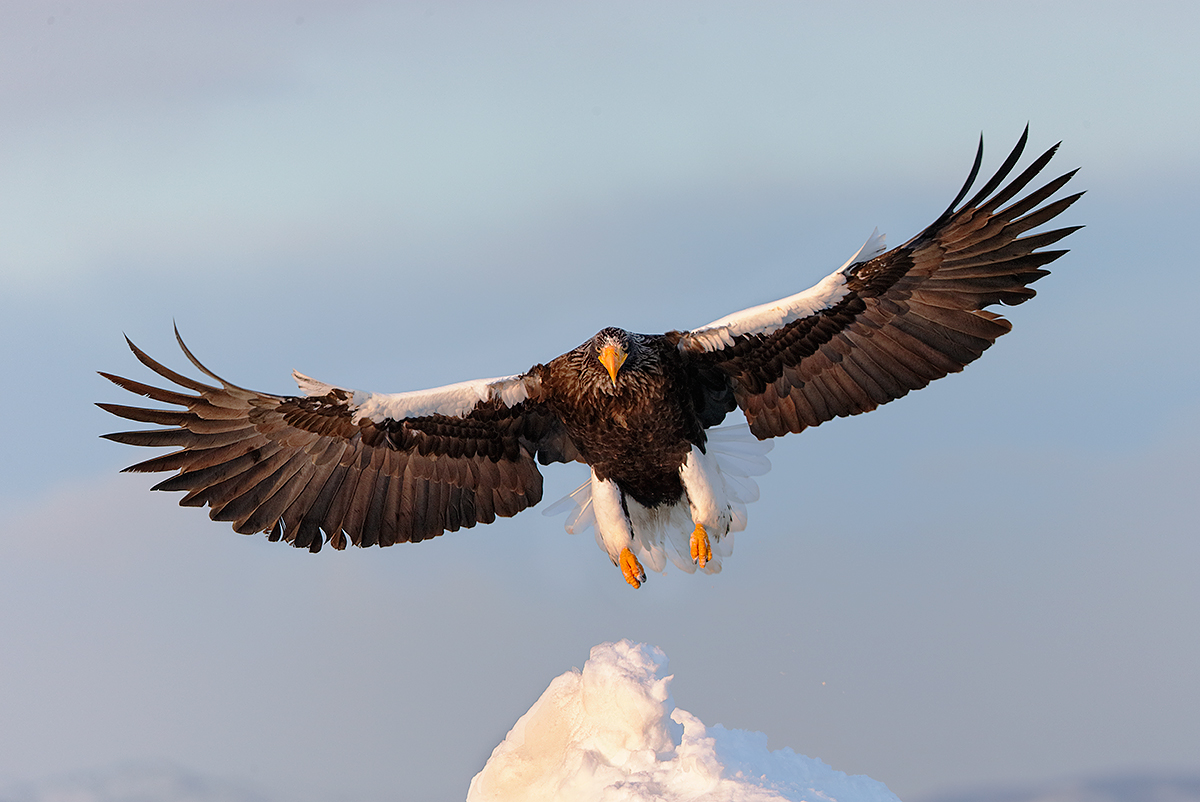
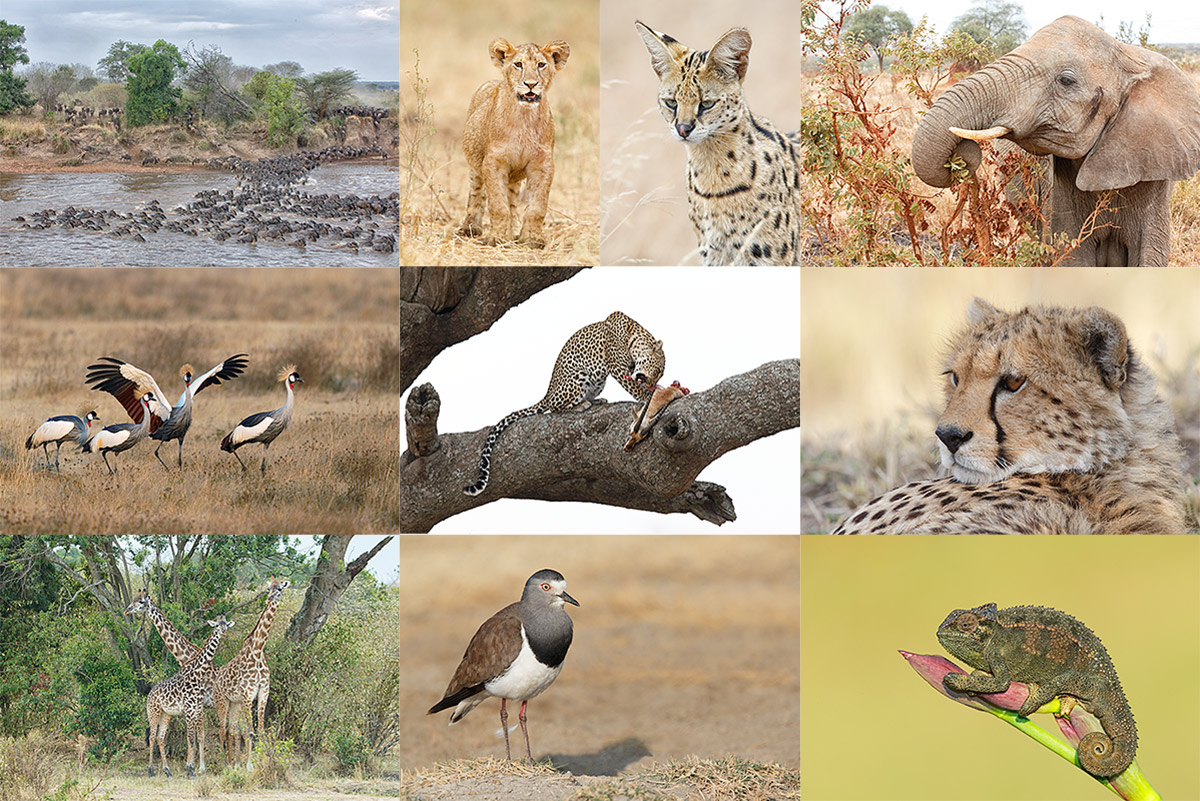
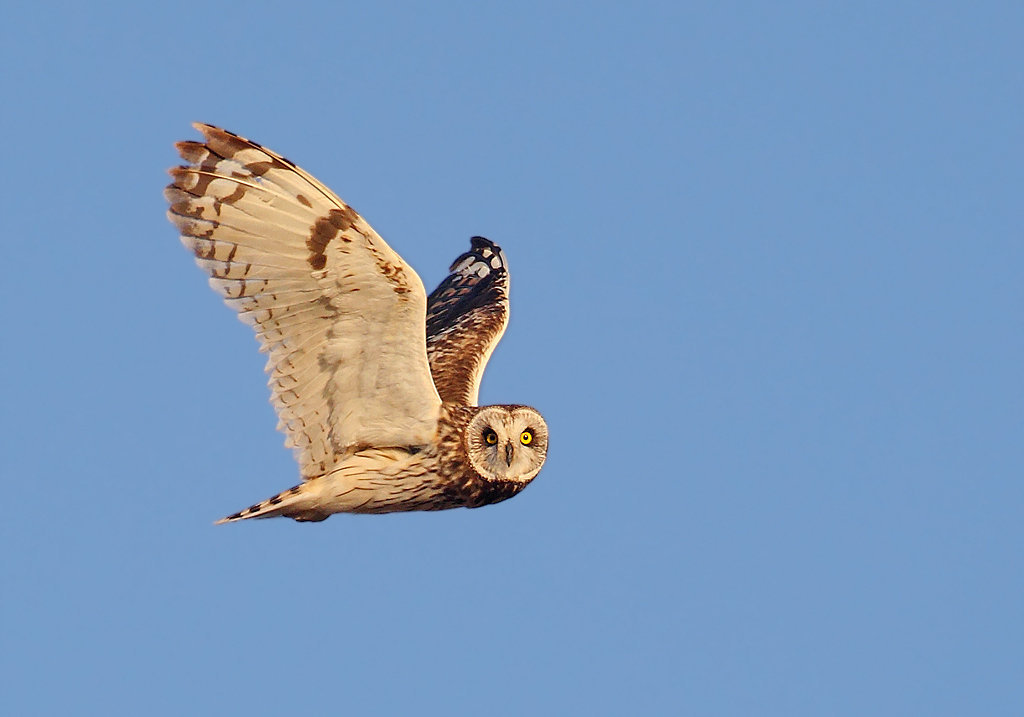
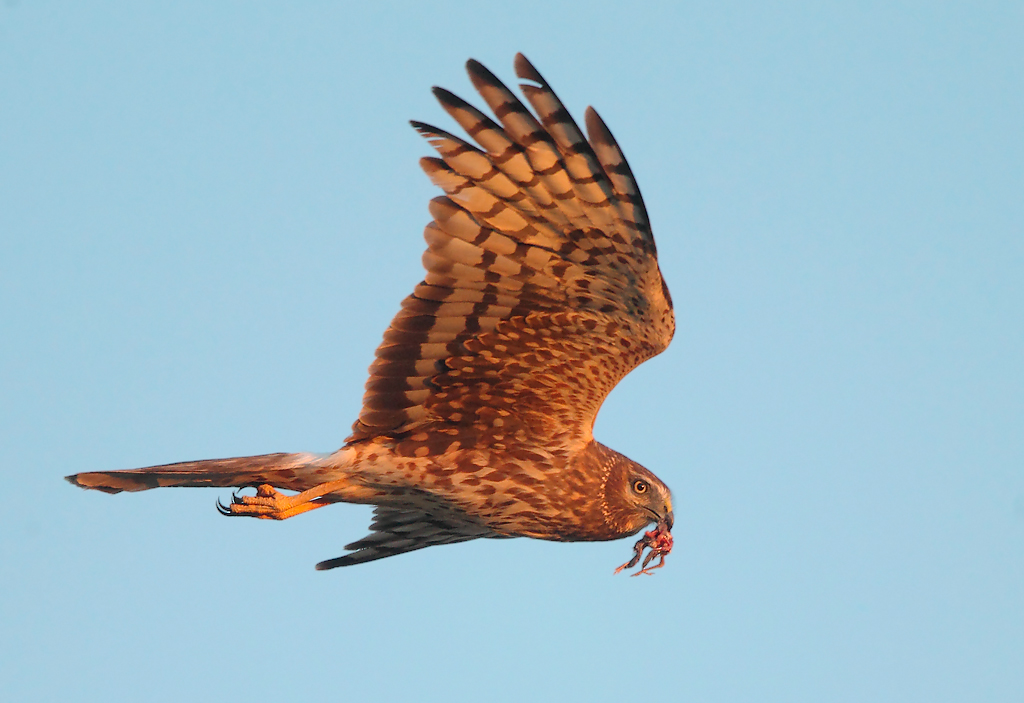

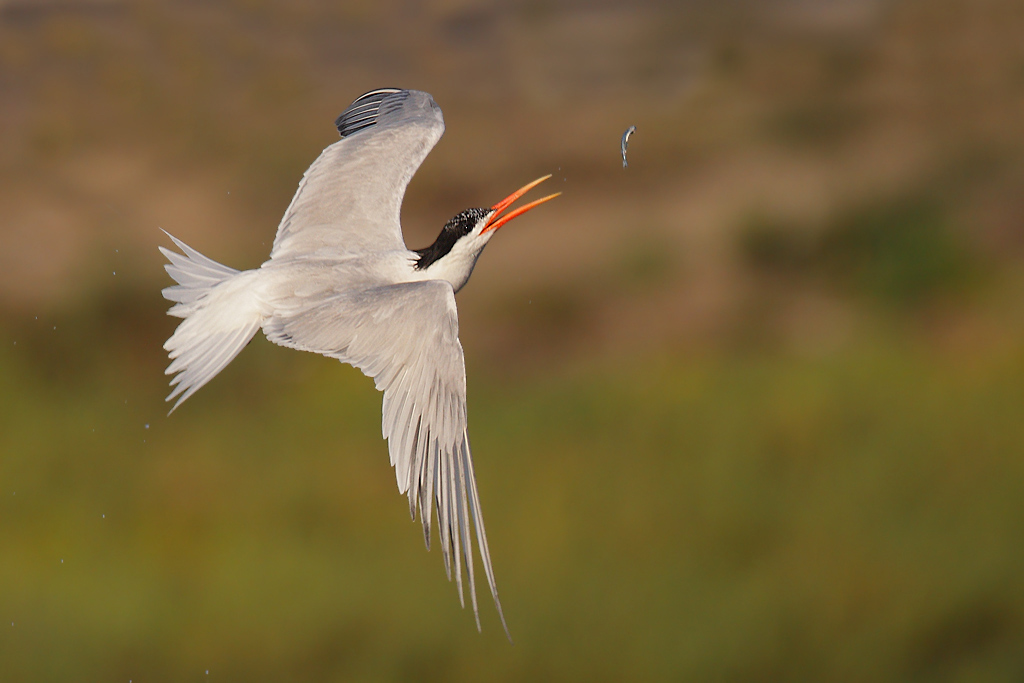
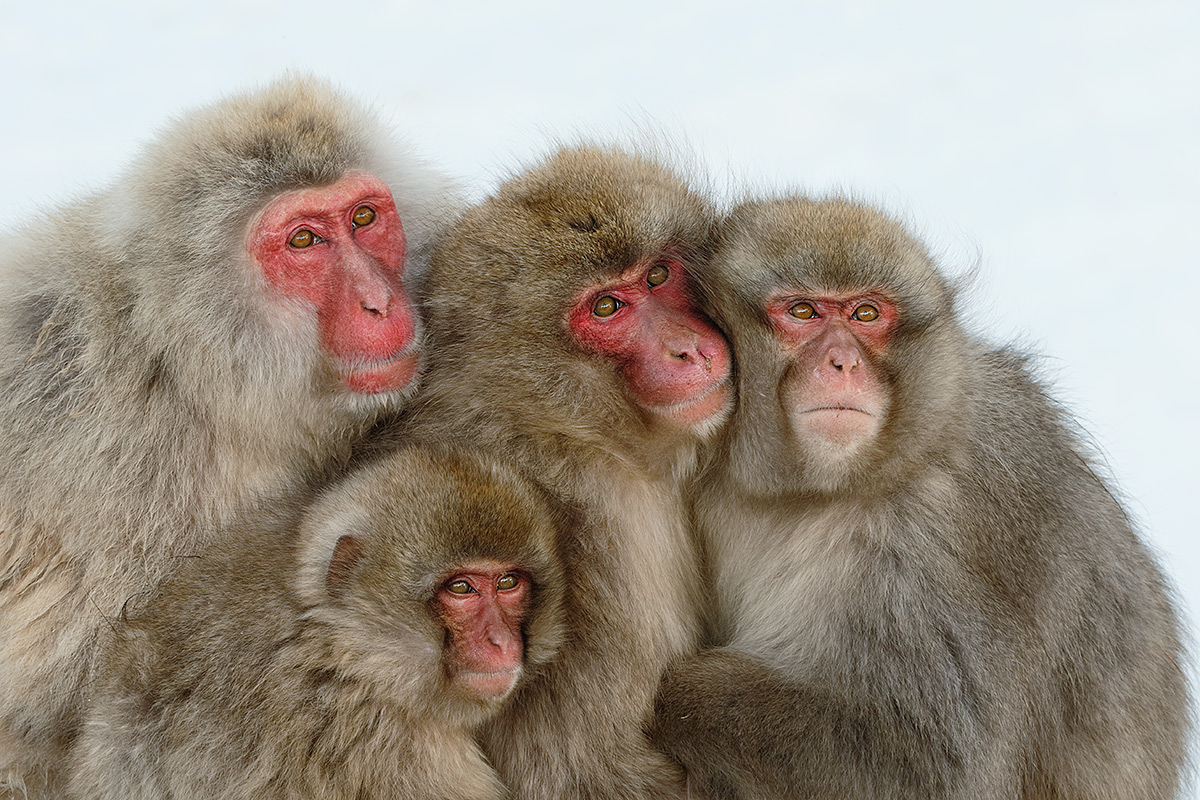


Great shots – really like the Steller’s Sea Eagle. I think the Whooper Swan image is a superb composition. What’s with the crane’s butt shot? Breaking the rules to get a good shot, eh? 🙂
John, Thanks. You need to enlarge the image after putting your glasses on; the crane is flying towards us :).